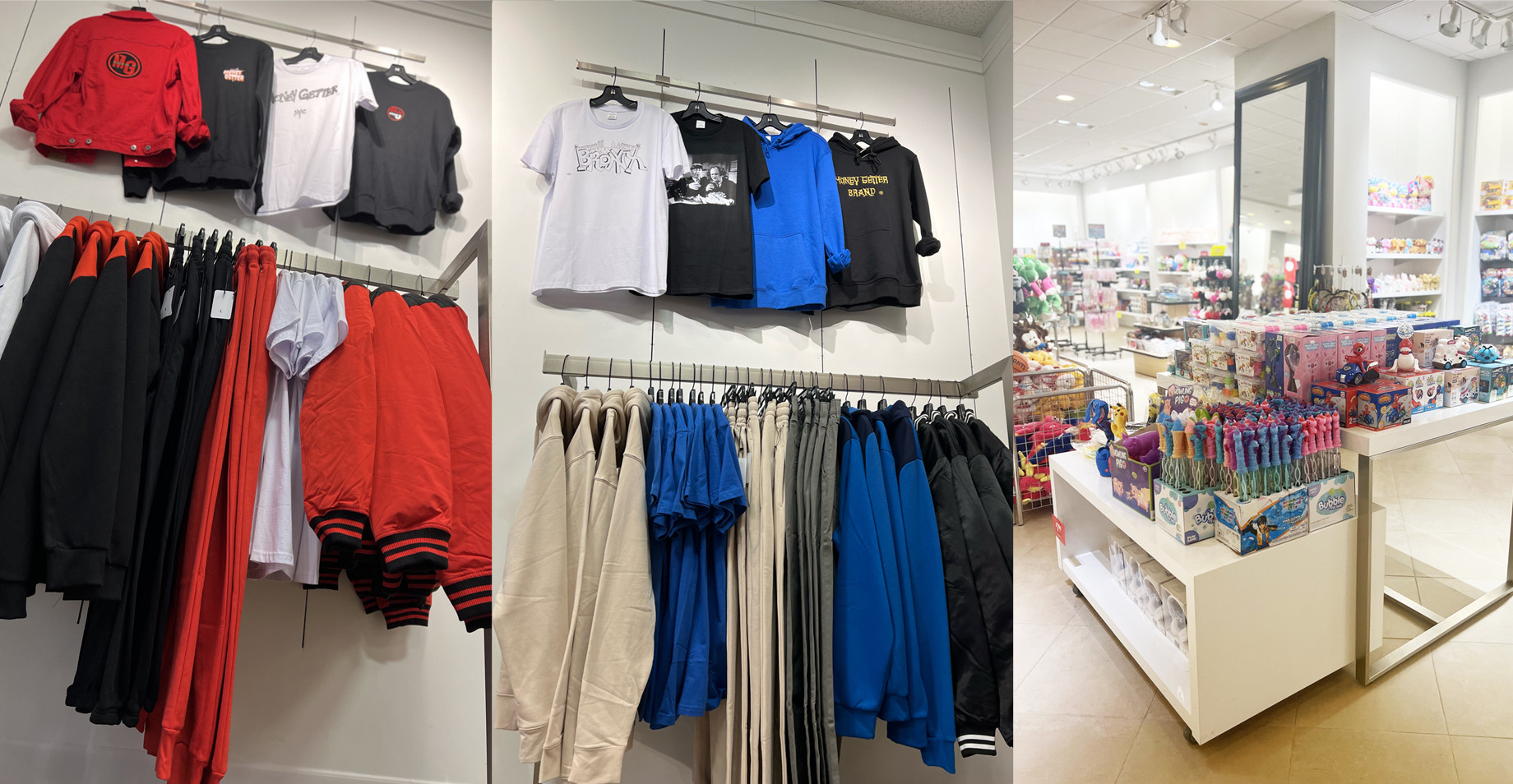“Shopping centers need to be a reflection of the people who live in the areas” they serve, said Pacific Retail Capital Partners senior vice president of marketing Najla Kayyem. PRCP manages more than 20 million square feet of regional, open-air lifestyle and mixed-use centers but is known for creating a one-of-a kind experience at each property. That strategy involves supporting local business owners who might be new to brick-and-mortar or are looking to expand.
“Local and regional purveyors are really critical to our success,” Kayyem said. PRCP leasing managers thus intentionally and purposefully support local businesses and have developed strategies and resources to help them thrive.
1. Before leases are signed, many local PRCP leasing teams conduct a deep dive of a potential tenant’s business plan to ensure the tenant is a fit for the property.
As Kayyem explained, it doesn’t help anyone if a small business opens but then struggles to find its footing. “This is a partnership,” she said. “Gone are the days where [the tenant] just pays rent, coexists and survives.” Before a PRCP leasing team member will lease a space to a new small business, they look at the prospective tenant’s sales projections, income and balance sheet, as well as whether the concept is a tried-and-tested model.
PRCP’s Laura Seanez, senior local leasing manager for California’s Plaza West Covina, said: “We want to see that the operator has taken the time to research their proposed inventory, demand in the market, variety, availability to purchase, cost, shipping expense, operational plans and costs, intended demographics, marketing strategies, etc. These are all items I look for and question when not included.”
Seanex requires a start-up plan for a small business that wants a lease, but a long-term plan also is beneficial, she said. If PRCP leasing managers don’t think the economics are there, they don’t execute the lease. Instead, they often work with the small business to find a kiosk or a smaller unit that better fits the current situation, Kayyem said.
2. Many PRCP leasing managers set up meetings between potential tenants and experienced tenants.
More-experienced tenants can give new operators insight into getting their business off the ground. PRCP matches new tenants with seasoned ones based on such factors as experience, needs and specific questions. The initiative indicates to tenants that the company is invested in their success and in building community relationships.
Seanez started this matching program at Plaza West Covina 15 years ago, after a potential tenant mentioned that a sales rep at a non-PRCP development had promised all sorts of support that had not come to fruition. “Rather than feeling like he was being sold something [at our center], I thought about putting him in touch with a successful operator to let him ask the questions and get another perspective,” Seanez explained. After the conversation with the seasoned tenant, the once-gun-shy prospect signed a lease the next week.
“Our intention is to help the operator reach their goals, not to simply fill a space on our end,” Seanez said.
3. New tenants at many PRCP properties can borrow PRCP furniture, shelving and desks at no cost to get their stores up and running.
Supply chain issues mean some new business owners have to wait on things like shelves and racking, and retailers certainly can’t sell products if they don’t have ways to display them. PRCP often helps its tenants bridge the gap. PRCP senior local leasing manager Liz Russell offers this service at The Shops at South Town in Sandy, Utah, and said tenants happily take advantage of it. The opportunity, she said, “saves the tenant time and money so they may be able to open sooner and be more successful.”

At Colonie Center in Albany, New York, MG Brand opened in the former Christopher & Banks and Cosmos opened in the former Lane Bryant. Both MG, on the left, and Cosmos, on the right, borrowed fixtures from Pacific Retail Capital Partners until their own permanent fixtures came in.
4. All new PRCP tenants can access the landlord’s network of preferred vendors.
A thin Rolodex of service providers like insurance or repairs can hold small business owners back. PRCP provides new tenants with a list of vetted providers in their areas. “It could be partners that we either have arrangements with or maybe they have a specific discount that they might be giving to all our tenants,” Kayyem said. Having these resources gives new owners “a platform, tools and a road map to be successful instead of having to figure it all out by yourself,” she added.
5. PRCP provides complimentary marketing and advertising support.
It can be hard to handle all the logistics of running an operation and think about consistent marketing and advertising. PRCP tenants have access to the centers’ dedicated team of marketing and advertising professionals. The company lists tenants on properties’ websites and directories and gives them opportunities to participate in events designed to boost foot traffic. Additionally, PRCP marketing managers are available to help with initiatives like grand openings, barricade graphics and social media. Beyond that, Kayyem noted, marketing managers might ask: “Do they need a plan developed to help drive traffic and drive sales? What is it that they're looking to do? And then can we customize that plan with the marketing team locally?” In many ways, it’s like a complimentary, in-house agency.
Indeed, what PRCP provides at its core is a community of professionals invested in their tenants’ success. When a new small business succeeds, the whole center benefits. As Kayyem said: “It’s really paramount and important for us to be able to fuel growth and to incubate new concepts and to create that ecosystem life cycle. At the end of the day, traffic drives sales, sales drive rent, rent drives value. And we're here to derive value for shopping centers.”
By Rebecca Meiser
Contributor, Commerce + Communities Today and Small Business Center